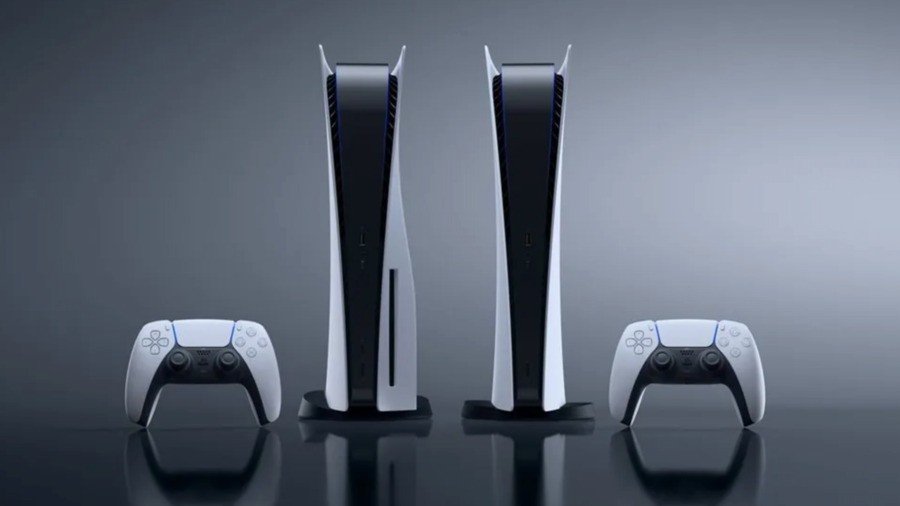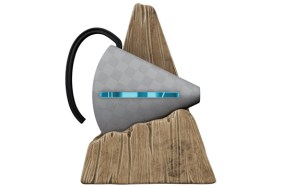PlayStation consoles have had notoriously bad sharing options for households with multiple users and multiple consoles. Both my wife and I game regularly, each on our own consoles, but the hoops the PS4 made us jump through to share our game libraries with each other were tenuous at best.
To share your library on a PS4, players had to set that console as…








